Chief financial officers now play a critical role in shaping corporate strategy and positioning organizations to meet challenges — serving as “Chief Future Officers.” Bloomberg’s Emily Chang explores how Levi Strauss & Co. CFO Harmit Singh is steering the iconic apparel brand through the disruptions of the pandemic and towards ambitious goals for sustainability and digitization.
——–
Like this video? Subscribe to Bloomberg Technology on YouTube:
Watch the latest full episodes of “Bloomberg Technology” with Emily Chang here:
Get the latest in tech from Silicon Valley and around the world here:
Connect with us on…
Twitter:
Facebook:
Instagram:
After 150 years manufacturing a classic American product Levi’s
has a tradition of quality and brand awareness that few
companies can match. Just a few of Levi’s blue jeans and a lot
of High Flyers.
The company’s name is almost synonymous with blue jeans.
But this history offered little protection when the Covid
pandemic devastated global retail in early 2020. All the sudden
most of our stores around the world were closed like that and we
saw our revenues pretty much dry up as the shock of the crisis
subsided and economies began to reopen. Levi’s and its industry
peers stood at a crossroads. I think that at the end of the day
what was really unique for those that took advantage was Covid
was this opportunity for companies to refashion their businesses
for the future.
We are going to emerge from the pandemic a much stronger
company. And now we’re saying okay what is the next five to 10
years look like. This is the question Levi CFO Harmeet Singh
grapples with every day. As CFO the one important thing is to
show you you’re able to connect the dots and always think longer
term I think is critical. Harmeet Singh has lots of dots to
connect. He’s managing the company’s complex advances into
digital technology ensuring that it can meet ambitious
sustainability targets and making sure that all its processes
from sourcing to sales are integrated into this transformation.
He’s an operator and he’s he understands the business at a very
granular level but can also copter up high to 40000 feet and
think about where are we going. That’s why you could call
Harmeet Singh Levi’s chief future officer.
Levi’s literally invented the word pants that would come to be
known as blue jeans. Cotton gin a process for sewing rivets into
denim clothing. Way back in 1873. But that pioneer spirit was
lagging on the financial side of the business. When Chip hired
Harmeet Singh in 2013 when I joined the company eight nine years
ago the balance sheet was a constraint. We were not investing
for growth. We had two billion dollars of debt on the balance
sheet. We were actually spending more money on interest expense
than we were advertising our brand. And one of his first
missions was to turn the balance sheet from a liability into an
asset. If we did that we paid down a billion dollars in debt and
we started reinvesting back in the Levi’s brand. And that’s been
central to the turnaround of the business. Revenues grew
steadily through the decade peaking in 2019 when the company
went public. Levi’s maintained a dominant share of the market
for jeans. Then came the pandemic and by early 2020. All of this
progress was put on pause.
We saw a billion dollars of revenue evaporate that first quarter
of the pandemic because our stores were close our wholesale
partner doors were closed as we got into the pandemic.
We said we’ve got two things we’ve got to manage through the
crisis which is all about preserving cash driving profitably and
communicating with all our stakeholders. But importantly we had
to emerge stronger because the consumer and employee experiences
were changing. What are some decisions you made under pandemic
pressure that you’re really proud of. We pivoted to a new
strategic blueprint. The pivot was on three basic things.
Elevation of the brand
acceleration of a direct to consumer business and diversifying
our product base. A number of brands. We just close a deal and
entered the activist segment that beyond yoga. The other thing
we did was we continue to invest for the long term. So we
invested a lot more capital in accelerating our e-commerce
business. E-commerce is becoming a bigger piece of our business
is profitable today as well as we spend the time ensuring that
we balanced all stakeholders. So for example we took the
unfortunate decision of laying people off but we cut dividends.
We also extended you know our benefits. We introduced paid sick
leave because ensuring safety and health of a frontline staff
was critical. So I think the decisions we were taking were
guided but not only to emerge stronger financially but also
ensuring that our values as a company continue to resonate with
all our stakeholders in the middle of the pandemic. Suddenly
there’s this shift away from skinny jeans and toward mom jeans.
Was this disruption a huge benefit to Levi’s. Because people are
now turning over their wardrobes. They want something new. Yeah
you know done the research. 40 percent of all wear sizes had
changed during the pandemic. Some wind up someone down both for
him as well. So that does mean that you’ve got to go back and
make a change in your closet. And you you tend to
engage with brands that are engaging with you. So I think a
combination of direct engagement with the consumer even during
tough tough times investing in things like growing e-commerce I
think things that will continue to resonate whereas Levi’s on
that path right now to a digital future today. Today visual
ecosystem is about 20 percent of our total business. Very
profitable. We aspire to make this a third of our business. Our
direct to consumer business which includes our stores is about
40 percent of our business is to be half that years ago. We
aspire to grow that to about you know 60 percent or two thirds
of our business. If the analogy is a baseball analogy where we
I’d say we’re bottom of the fourth inning. We’ve got a long
runway for growth. So supply chain disruption commodity costs
this is all putting pressure on the process of bringing anything
to market.
What is the new normal going to be there when it comes to supply
chain disruption pricing issues et cetera. If you think of
supply chain think of two broad buckets. One is sourcing and
second is is commodity and costing on the sourcing side very
early on we say we want put all eggs in one basket. And so we
source across 24 countries and not from any single country to
resource more than 20 percent. You talked about costs you know
given our global buying power. We’ve already negotiated the
first half of the year. A very low single digit inflation
relative to last year. The one thing. Because the brands so hard
has been really resonating the consumers will continue to take
pricing even during the pandemic. The brand today has pricing
far. Levi’s 20 21 full year revenues are on track to match 2019
fulfilling the company’s pledge to emerge stronger from the
Covid crisis we committed in the middle of the pandemic. But
when our revenues go back to pre pandemic levels our margins
would be up more than two points and we’ve now delivered on
that. But with the virus still weighing on consumer confidence
and supply chains and inflation surging around the globe this is
no time for any retailer to relax. As you look forward over here
I think the biggest question. This was going to take the
learnings from the pandemic versus who was just going to feed
back what they did in the past. I think over time you know
because the loans people have had during the pandemic there is
going to be thinking about how to globalize your supply chain.
Do you concentrated on a few countries. Do you diversify. Do you
bring some production home. One of the programs we started a
couple of years ago was Air Flex program is using lasers to
finish your denim product. It used to be done by hand. It is to
be done overseas. But now we bring in the blanks and we finish
it closer to markets. And so we are in the process of expanding
that program around the world. So I think people need to just
think about different ways of doing it. And I believe technology
will play a key role. Coming up. For Levi’s a successful future
means a sustainable future. That’s a challenge. Harmeet Singh is
determined to meet one of the few companies where ESG and
sustainability is the cornerstone offers to digital plant.
That’s next. This is Bloomberg.
Harmeet Singh’s affinity for Levi’s tracks all the way back to
when he was a teenager in India. I had an aunt who coming
overseas and she said what do you want. And I said I want a pair
of Levi’s at an early age. He decided to study finance. I did.
My CPA chartered accountancy with a goal that I want to start my
own CPA form. The allure of entrepreneurship faded when Harmeet
got married and started a family. He took a job as a financial
analyst at American Express in India. If someone is doing me at
that point me you would be working in the US would be CFO of two
large American icons hired and Levi’s take two companies public.
I wouldn’t bet against it. Harmeet Singh first reached the C
suite in the US when he was named Chief Financial Officer of
Pizza Hut. He then took the same role at parent company Yum.
Restaurants after a successful stint as CFO for Hyatt Hotels.
Chip Berg hired him at Levi’s in January 2013. I’ve been very
fortunate been lucky have had great mentors. And you know one
thing has led to the other
throughout their time. Working together Chip Berg and Harmeet
Singh have been partners in a steady push to make Levi’s more
sustainable. First is not something the business started. It’s
been in our DNA as people in the news says woven into our
fabric. Harmeet has been driving a lot of the investments behind
making this company a more sustainable company. Many of these
investments have gone into the Eureka Innovation Lab a research
and development center a few blocks from corporate headquarters.
Progress made here has helped Levi significantly reduce its
greenhouse gas emissions and water use in the past decade. And
now Levi’s has made sustainability a central pillar of its
consumer strategy with a highly nontraditional even
counterintuitive ad campaign by Better Wear Longer.
We had a lot of internal debates about you know it’s the selling
idea by better wear longer are going to reduce consumption. You
know I fundamentally believe that it plays to our strong suit.
It is kind of it almost defines what the Levi’s brand is all
about. We believe because
you know the younger generation the millennials for them you
know interacting and engaging with consumer companies they
aspire to be more sustainable has allowed us to reach out to
newer consumers. So even though people may buy less we believe
they’re reaching out a lot more new consumers. And that’s why it
actually in our view it actually will grow the revenue and grow
profitability while at the same time ensuring you know that our
party is sustainable. We’re doing the right thing for the
planet. The wear longer theme is meeting the moment. According
to research by global data between 2010 and 2020 reshaped
clothing doubled as a share of the consumer closet and could
potentially double again by 2030. Levi’s has put its own stamp
on reconditioning and resale with tailor shops as a feature of
its stores. It allows us to directly engage with the consumer.
We started
the tailor shops in Europe. It was a runaway success and nobody
expects to expanded it around the world. Most of us stores in
the U.S. have it all on next gen stores which are our latest
format have tailor shops. We’re taking the reins in our own
hands. It’s a I think the addressable size of the market is
about 30 billion dollars and we just
entered it. So that’s clearly an opportunity for us.
In 2020 Levi’s issued its first standalone sustainability
report. It covers environmental social and governance issues
outlining programs priorities and principles and setting
ambitious targets for performance.
It will be up to Harmeet Singh and Chief Operating Officer Liz
O’Neill to execute the plans they helped devise. Harmeet and I
worked together a lot on figuring out what is the what’s the
strategic direction how are we going to get there and how are we
going to invest in order to actually make that a reality. What
falls under the CEO umbrella in the C S O umbrella. And where
did those over overlap. Well sustainability reports and through
me. So I have the supply chain as well as the sustainability
team. But nothing happens without the CFO. The CFO is imperative
to this. And honestly right now we’re in such a big
transformation as an industry as we try to transform. We need
the help of the CFO to really help us figure out what are those
focus areas and how do we distort our resources and our
investments to those areas that are going to matter most. Every
year we do a strategic business plan.
One of the few companies where ESG and sustainability is the
cornerstone of us to. Plant and thinking about you you’re saving
all this money in negotiation. Are you going to drop it to the
profitability.
Or are you going to invest for the long term.
Think about this place right. People ask me is this get getting
the payback. I say you can measure this from a payback. If 80
percent of our innovation is coming from here we are building
for tomorrow. You know this is a very easy answer. You’re
getting the payback. And I think that’s the discussion that
happens on a regular basis. It O’Neill showed me how that
discussion is driving. Leave ISE through a major shift from
hardware traditional resource intensive manufacturing processes
to software.
They gave me an iPod and told me to design the jeans of my
dreams.
You can come down here and we all love our damaged and
destructive chains. Yes we can load external damage like an add
damage but that wasn’t even the coolest part. So what do you
customize. It will come to life. OK so we’re gonna see my
damages on there. I guess that’s been happening in real time
like that. A distressed pair of Levi’s that just needs one short
wash to be ready to wear. This technology is already in use and
already delivering results. We’ve reduced the amount of water by
almost 90 percent across most of our product line over the last
10 years saving billions of litres of water. I’m finding new
ways to finish the genes that are just much more sustainable.
How long can you recycle the water for. How long before you have
to dispose of. Well we with the laser finishing that we use it
in many of the factories. We can recycle the water virtually
endlessly. So on the right. These are traditional washing
machines. They use a lot of water. Right on the left is an ozone
driven washing machine. No water. And so it washes the pants.
Exactly. And using this technology all our factories now use
that technology. And if you go back and look at how much water
we have saved since 2011 is approximately 13 billion litres of
water.
Harmeet Singh has taken his commitment to sustainability beyond
his role at Levi’s. He’s a leader among financial executives who
want their work to help protect the future of the planet. Prince
Charles has an organization called Accounting for
Sustainability. He started this probably 10 12 years ago. And
today I am the you know the call chair for the U.S. chapter.
What we’re doing as a group of surfers is we’re sharing best
practices. We engage with investors. We also engage with the SCC
the ISE first as they establish disclosure standards. So I think
you know it’s the least I can do something that’s so important.
Up next Harmeet Singh talks about how sports gives him an outlet
beyond the office but he’s also found a way to make it part of
his work.
My recognition of whatever those hired to Levi’s is ahead for
six awards.
And you know what I tell people is it’s like knocking the ball
out of the box.
And he tells me what skills achieve future officer will need to
succeed. I think listening. Being empathetic.
Building trust by being authentic. This is Bloomberg.
Leave ISE CFO Harmeet Singh love sports. He played basketball
and cricket growing up in India and more recently took up golf.
Why do you love about sports. Are you ultra competitive. Does it
help you relax or decompress. I like to win but win the right
way. But it also gets me to relax because I like to associate a
little bit of downtime watch a game of golf play a game of golf.
Folks see some cricket. So I think a good combination of what
you have created your own award tied to cricket for your team
here at Levi’s. It’s called Hit for Six. Well I tell people is
it’s like knocking the ball out of the box or link it back to
baseball. It’s a home. It’s a homerun. And I give it to folks
who you know go beyond their normal job and make a big
difference. I’m a big believer in recognizing good work because
I think that really helps motivate people motivate teams. And
you know people believed in me and that’s why I’m here. So my
job to believe in people from telling sports in business also
intersected proceeding when Levi’s purchased naming rights to
the San Francisco 49ers new stadium. Although at first he was
blindsided by the deal. That was a week into this role. The
balance sheet was constrained. He walks into my office with his
build brands and he says what do you think of naming rights for
Levi’s Stadium. And I said How much is going to cost. And he
says you know a small sum of 200 million dollars. I said Really.
I got into the wrong company.
We got together and said okay how do you make this happen and
make this a success. And you know the 49ers did well that you
know they had a Super Bowl in a couple of years into it and
everybody goes there. I’d say dresses casually. Hopefully a lot
more casual after the pandemic. But a lot of them are wearing
our product. So it’s really resonates with who we are. A brand
with a 150 year history isn’t going to change its core identity
even after a disruption like the pandemic. But Levi’s like
retail companies everywhere is determined to build lessons from
the last two years into a vision for the future. We have to
sustain what we have emerged out of ensuring that we continue
invest in the digital transformation of the company is critical.
Transforming to digital doesn’t mean abandoning physical retail.
Even though Bloomberg Intelligence sees brick and mortar apparel
sales declining from a 20 19 peak BMO Capital managing director
Simeon SIEGEL says stores still have an important place in the
omni channel mix.
The retail model in the past worked for a reason and it still
does. So disrupting doesn’t mean destroying the consumer doesn’t
wake up in the morning and go. Today it’s going to be a brick
and mortar day or today is going to be an e-commerce day. They
wake up and they go I want to buy a pair of Levi’s. I think what
we’re gonna find is omni channel doesn’t need being everywhere
for everyone. It probably means using everything that you have
to the best of its ability and figuring out how to represent
once you know what you want to be. From sales channels to
sustainability from profit margins to core principles. Harmeet
Singh we’ll be making decisions that guide Levi’s into the
future. So I asked him what he sees when he looks ahead.
What’s the opportunity for Levi’s in the next 10 years that
excites you most. I think you know owning a bigger share of the
closet and it’s not only denim it’s also activewear. It’s not
only bottoms. It’s owning tops. And so diversifying our product
base you know currently we have you know a big brand in Levi’s.
We’ve just been beyond yoga. And the question is can we make the
company with a company that has more portfolio brands longer
term. What’s the challenge for Levi’s in the next 10 years that
keeps you up at night. I’d say you know going through different
crises because there’s a you know living in a very uncertain
world. I think dealing with issues like climate I would say
cyber security
and the dangers offered.
I’d say ensuring that we balance you know all our stakeholders
without disappointing any as well as growing
the market cap of the company which we’ve done successfully over
the last couple of years. So quite a few things are keeping you
up at night. Yeah. You know I’m a 24/7 person and I love
thinking about ISE here for the one important thing is to show
you you’re able to connect the dots and just making sure we’re
able to do that
and always think longer term I think is critical. How do you see
your role as CFO changing in the next decade. I’d say
having a broader influence are a lot many things. I think the
desire to. Unlock not only shareholder value but also
stakeholder value I think becomes important.
I think the desire to build
a very successful team a talent that is diverse and is making an
impact through the organization I think is critical. What is a
skill set skill area that you think every CFO will need to heart
in the next decade. I think listening being empathetic. Building
trust
by being authentic
I think are going to be really critical skills that he offers
and probably need longer term. What advice would you give to a
CFO who got promoted today. Learn the business. Build your
relationships. And don’t unleash the playbook that you grew up
with. Make it relevant to the circumstance in this situation
because a lot of times people just come with a playbook and say
OK we’re going to roll that. Don’t do that. Think longer term
and build your equity but with a longer term perspective.
Look forward not backward and don’t rely on what worked before.
Not what you’d expect from a steward of an American icon but
exactly what makes Harmeet Singh Levi’s chief future officer.
I’m Emily Chang. This is Bloomberg.
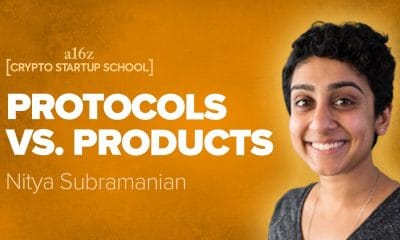
 Science & Technology4 years ago
Science & Technology4 years ago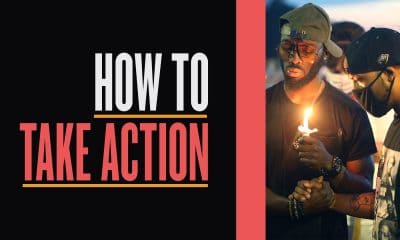
 CNET4 years ago
CNET4 years ago
 Wired5 years ago
Wired5 years ago
 People & Blogs3 years ago
People & Blogs3 years ago
 Wired5 years ago
Wired5 years ago
 Wired5 years ago
Wired5 years ago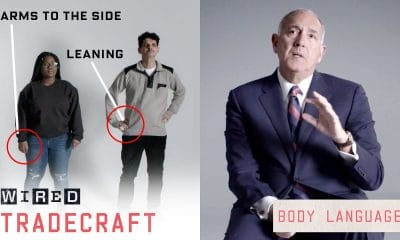
 Wired6 years ago
Wired6 years ago
 CNET5 years ago
CNET5 years ago







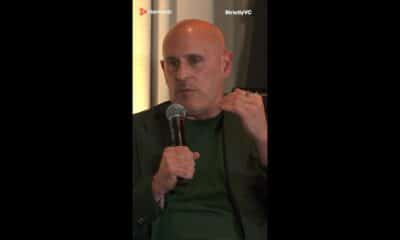

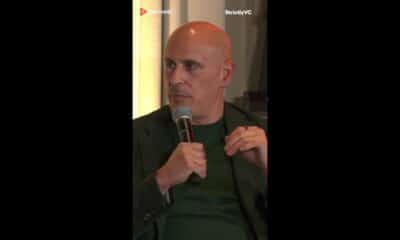

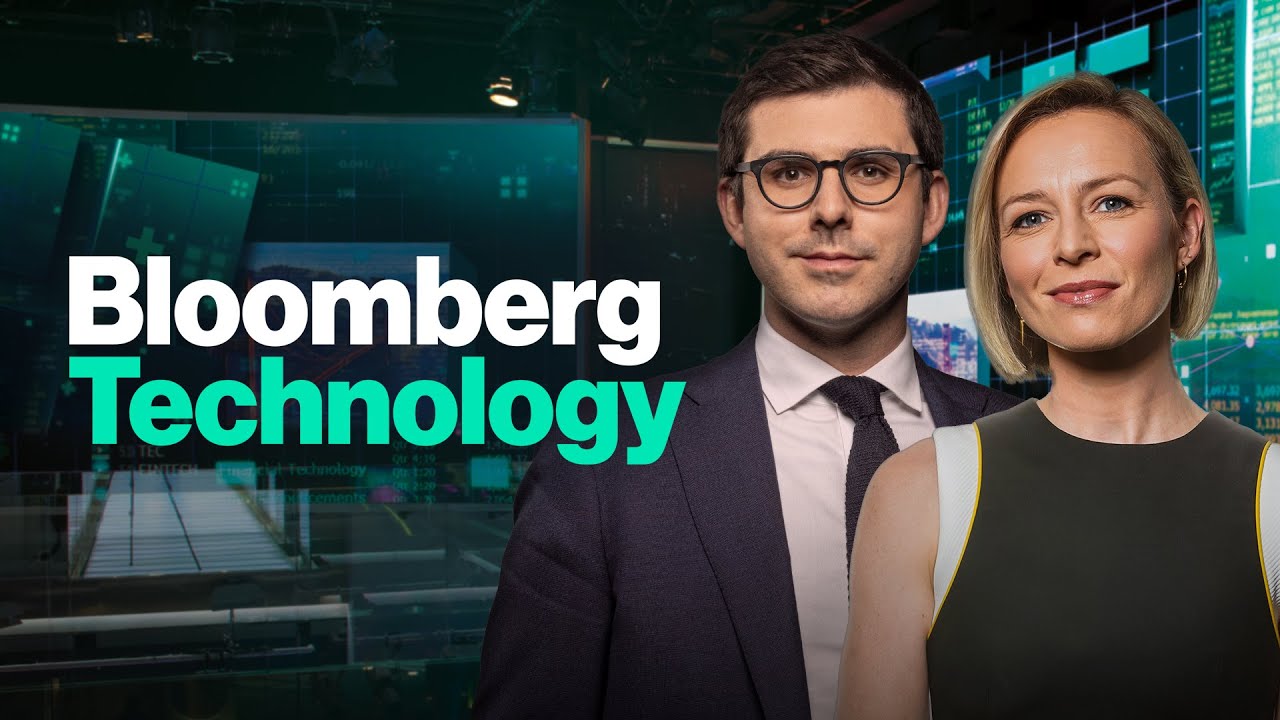
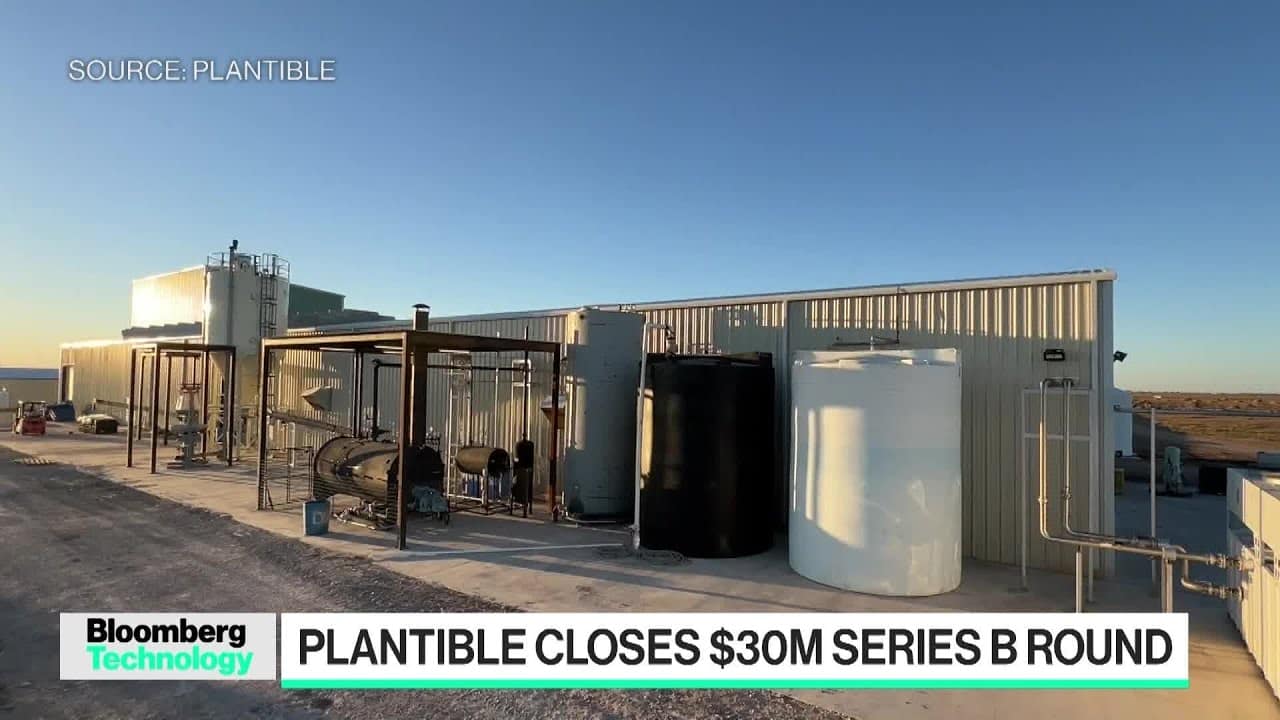

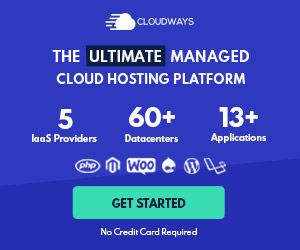



Baba Gandu
November 4, 2021 at 2:32 am
Levi’s good … but not good putting Indian in charge
Pramendra Singh
November 4, 2021 at 4:52 am
Gotta get me a Levi
Scotty Kilmer
November 4, 2021 at 7:44 am
I’m so happy 🤲 😁 my life is totally changed. I’ve been earning $10,250 returns from my $4,000 Investment every 13 days
Mason Owen
November 4, 2021 at 8:03 am
Buying bitcoin doesn’t make you a winner, the ability to make profit daily out of your capital is what makes you a winner. stop depending on the market price to make profit, choose Trading over Holding
Samantha Jose
November 4, 2021 at 8:03 am
@Stephanie Anderson I’m gonna contact him right way.. these comments ain’t bad, thank you so much for the awareness 👏🏻 👏🏻
จอร์จ ออสติน
November 4, 2021 at 8:05 am
Fact is, Most people think buying the dip and hodling is the only way to achieve success in crypto..But guess what wrong !! I got rid of that mentality after I engaged in trading daily and earning around $ 27k weekly with John’s methods. 🔥🔥🔥
Gloria Frank
November 4, 2021 at 8:06 am
Positive remarks is all I have read and heard about this John Conley for a while now. Would try this out with my 3.2Btc
Stephanie Anderson
November 4, 2021 at 8:06 am
👆Bitcoin is the future. Investing in it now will be the wisest to do especially with the current dip and trust me you won’t regret trading with John Conley